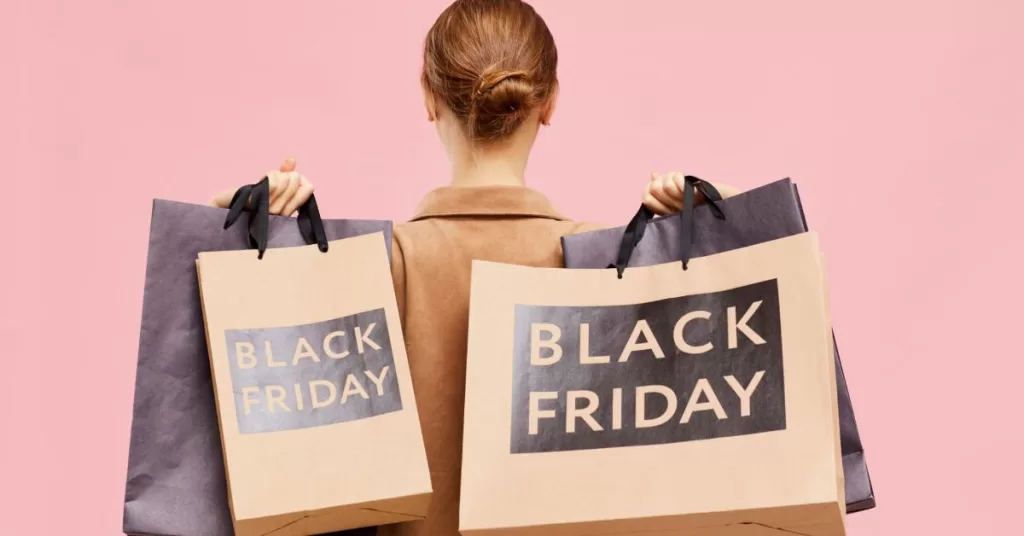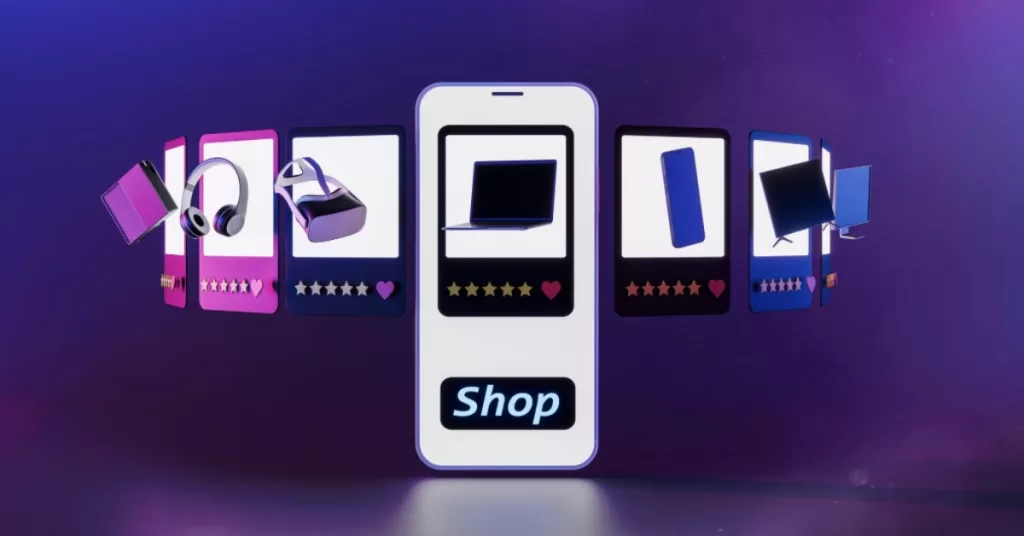For e-commerce companies, Black Friday is one enormous opportunity. Consumers are primed to spend, and the sales game is all about using the right kinds of tools and tactics to make them spend the money with you.
E-commerce companies can boost their sales, gain new customers, and enhance their brand loyalty. But they have to be smart and plan well to sell effectively on Black Friday. If you’re not careful, Black Friday can sneak up on you, and you can end up underprepared and facing a horde of online shoppers with no clear direction on what to do next. In this guide, we will go through a comprehensive checklist to get your house in order for an effective e-commerce Black Friday.
Campaign Planning and Execution
Before we get into the tactics, we need to make sure the campaigns’ goals are set. What do we want to accomplish this Black Friday? As far as I can tell, the most usual objectives are to spread the word about our brand and to get new customers.
It is also important to set a goal for the existing customers, but they are easier to reach. Because you already have their details, and they know your brand, it is easier to sell to them.
Start planning months in advance
The best way to make sure you have everything done is to start early. This way, you will have enough time to come up with the ideas, define the success criteria, plan the campaigns, and build them.
You can break down the whole process into smaller chunks:
- Brainstorming
- Laying out the plan draft
- Content creation
- Campaigns creation
- Final adjustments
Identify the target audience
If you push the same message to all of your customers, the chances are that the campaign will not do that well. The foundational step is to know your audience. For your campaign to have the results you want, you will need to craft offers for different customer groups.
Segment your customer base using demographic data: age, gender, and location. Also consider their shopping habits, preferences, and how actively they engage with your brand. Dive even deeper using your customer data. For instance, look at purchase history. That can help you craft tailored offers that hit home.
Craft compelling offers
Not all users are convinced by the same offers and discounts. So you will have to look at why your customers are buying from you. Maybe it is because you have competitive prices. Or maybe for your environmental commitment. Whatever it is, you will need to leverage it to boost your sales.
With that information, draw in customers with alluring promotions. There are many ways in which you can do this. Think about different ways to give discounts: you could take a percentage off, give a specific dollar amount off, or offer free shipping. You could also use BOGO (buy one, get one) offers, which seem to be very popular (and effective) these days.
However, keep in mind that offering your products at a discount will reduce your gross profits. That’s why the planning phase is important. You will need to carefully calculate how much discount you can offer.
By offering a discount, you will need to increase your sales volume to reach the same gross profits.

Looking at the example above, you see that to cover a 20% discount, you will need to increase your sales by 3x to get the same gross profit.
Optimize your product listings
Make sure that your product listings are not only attractive but also easy to locate. Dedicate resources to the creation of high-quality images and the crafting of detailed descriptions that do justice to the product.
Optimize for search by using relevant keywords, and take advantage of the positive customer reviews and ratings you’ve garnered to build trust with a prospective buyer.
There are various tool you can use to do this such as a feed management tool. This allows you to use rules to update the product data for all of your products with a few clicks.
Additionally, you can also use a dynamic image editor to add the promos on the product images. This tool also works with rules and allows you to add any information from your product data feed on the product image.
These types of tools are extremely powerful when you’re selling on marketplaces and can save you a lot of time and headaches.
Examples of Black Friday Marketing Tactics
There is a lot of information online about all sorts of things you can implement for Black Friday sales. Some examples are using banners on the website, creating a dedicated Black Friday landing page, using countdown timers, etc.
Even though these are good ideas and you should definitely use whatever aligns with your brand, they are quite generic. If everybody uses them, the consumers will go just for the lowest price. And you don’t want to enter a race to the bottom.
So here are some ideas you can implement that use your customers’ data, make the efforts much more personalized, and make your clients feel special.
Push complementary products
Every client will be more inclined to buy if they feel special. This is also why email customization is a practice standard nowadays.
So what you can do for this is to use their purchase history and send out an email with a ‘personalized’ offer.
If they have bought product A, recommend them the Black Friday discounted product B, which goes hand in hand with their initial purchase.
Build a Waiting List
If you want to have a better performance estimation for your campaigns, you can build up a waiting list. Create a landing page and get traffic to it about 1 month before Black Friday. Have people leave their email addresses to be the first to discover the discounts you will run.
This combines multiple advantages making it an extremely powerful and profitable tactic. First off, the ads you will be running to attract traffic to this landing page will be cheaper. This is because you will be outside of the high CPC peak.
Also, you will be triggering the FOMO (fear of missing out). Everyone wants to know about the best deal. So, if this means leaving the email address and getting notified about these deals, the customer will alleviate that fear in a simple and easy way.
As for your business, this tactic will let you estimate the revenues you can expect from the people you reach with your ads. And also, it will let you get the details of some potential new customers.
Tiered discounts for loyal customers
If you don’t have a loyalty program, you should make one. This is because you will spend much more to attract a new client than the discount you are offering to repeat customers. And if you are making one, you should consider adding different tiers based on some metric you choose. Usually, it is based on the total amount spent in your store.
For example, you can offer early access or bigger discounts to your most loyal customers. Think about it from the customer’s perspective. Not only do you get higher discounts, but you might also get early access to them. This will motivate you to spend enough with that store to be in the higher tiers of the loyalty program.
Leverage UGC ads
If you have created UGC-style ads, you can use them on your website or on your landing pages. If you don’t have any, you can create some mentioning your Black Friday discounts.
For example, let’s say you are a fashion retailer. You have created UGC ads with several creators already. You can now use these ads on your website under a ‘Style inspiration’ or ‘Shop the look’ section.
A/B test everything
This is not really a Black Friday tactic in itself. But it is a great time to do this. Most marketers are so stressed with having everything up and running that they don’t have the headspace to think about testing.
However, given that you will experience a huge traffic spike, it is a perfect time to run a few experiments. Because you will need just a few days to reach statistically significant results.
And the more tests you can squeeze in this short amount of time, the better your marketing efforts will be next year. Because you will take all these learnings and apply them not only for next year’s Black Friday but also to all of your campaigns throughout the year.



